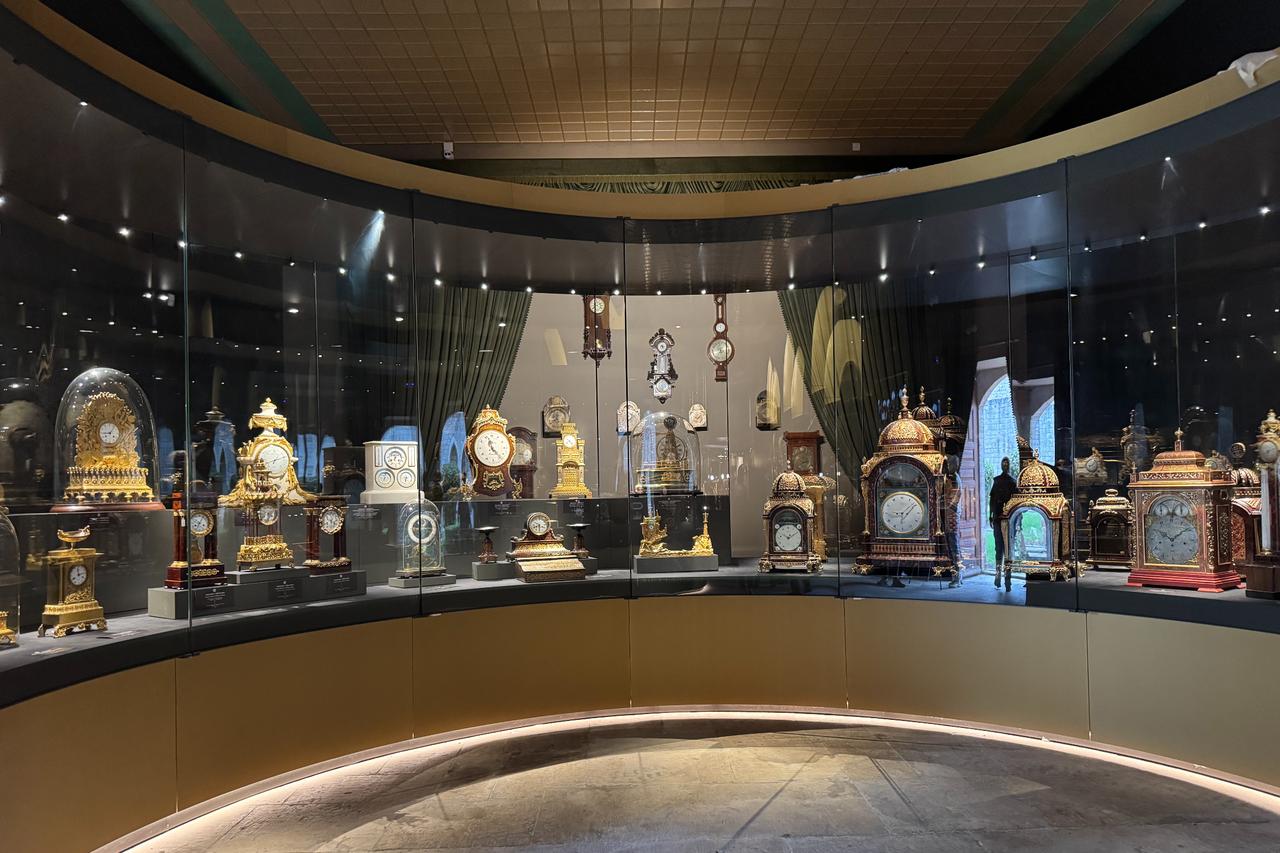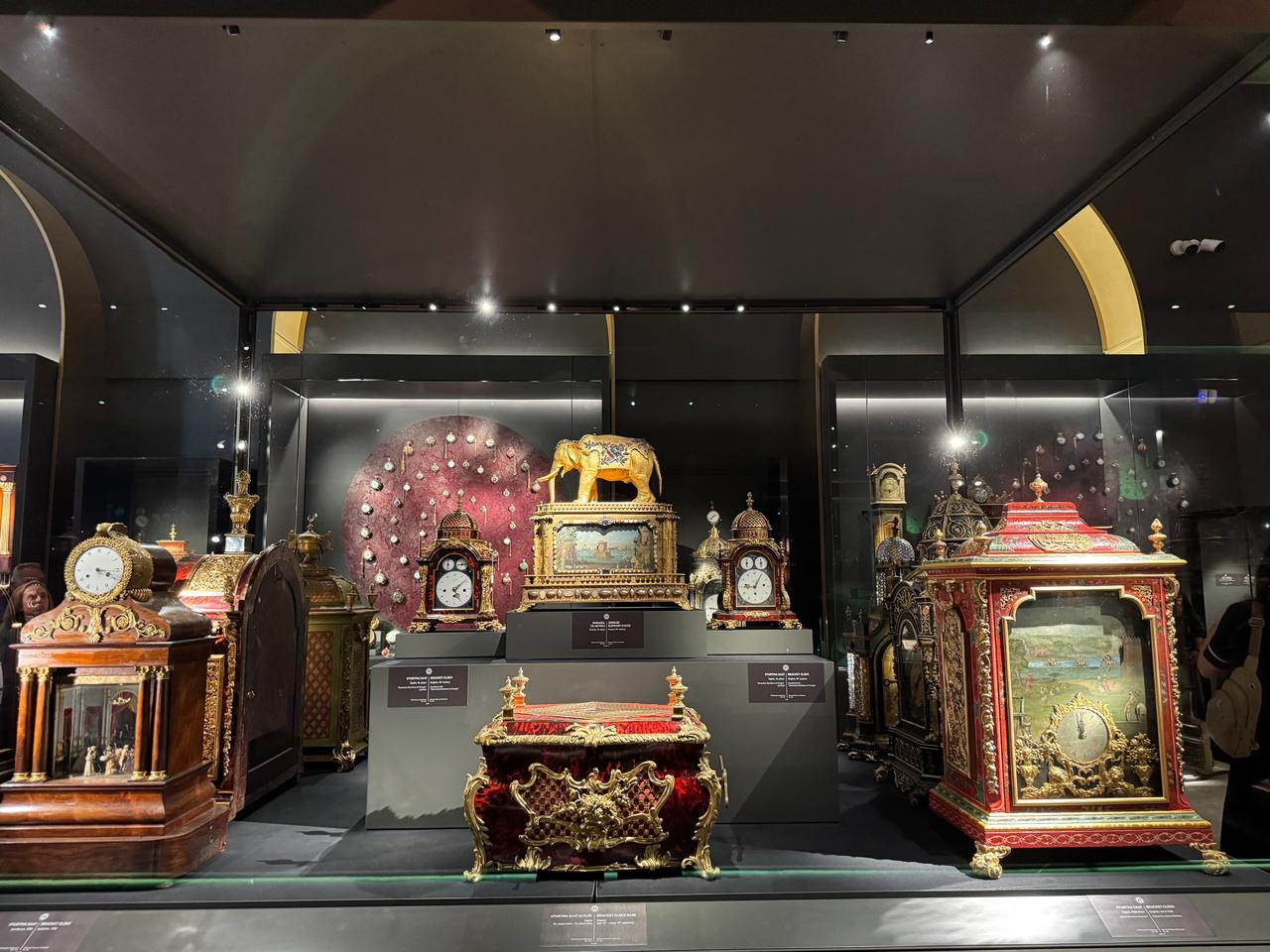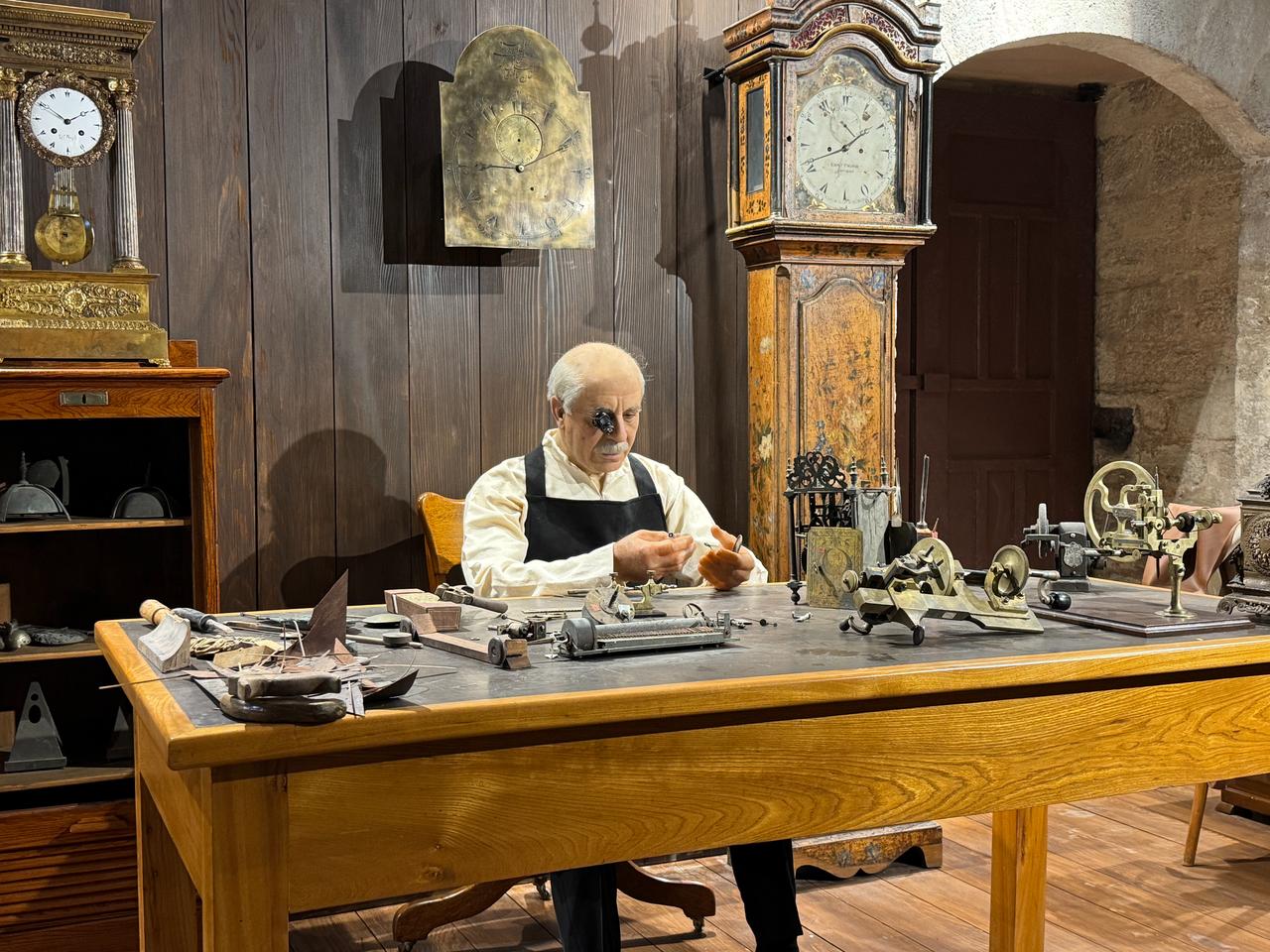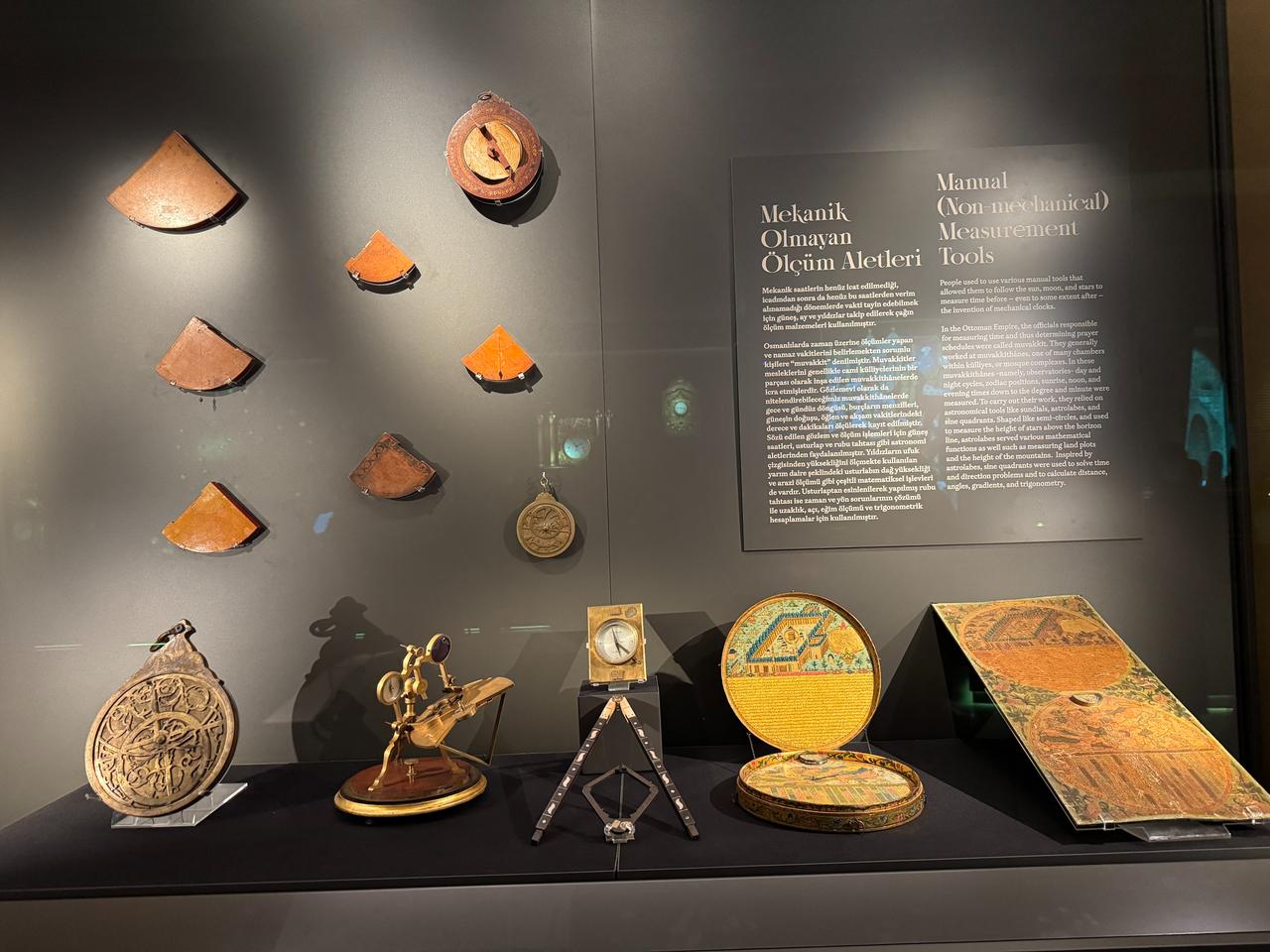
Topkapi Palace’s famed timepieces—long counted among the world’s notable clock collections—will go on view for the first time in a new clock museum created inside the palace’s Has Ahirlar (Royal Stables) with the theme “Time and Art at Topkapi Palace.”
The National Palaces Directorate said the project brings the ensemble back to life through documentation, restoration, and conservation, and that preparations have reached their final stage.

National Palaces President Yasin Yildiz described the Topkapi clock holdings as one of the select collections worldwide, noting that many pieces are unique examples and valued not only as clocks but also for their mechanisms and fittings.
“We are at the final stage. In the coming days, on a suitable date, we will open it to visitors,” he said. The museum will present about 300 works from a collection of roughly 380, a major expansion from earlier displays that featured around 100 pieces.

The display brings together Ottoman-era masters such as Ahmed Eflaki Dede and Suleyman Leziz alongside gifts presented to Ottoman sultans from France, Germany, and England.
A Russian-made griffon-figure mantel clock gifted to Sultan Abdulhamid II stands out among the highlights. For international readers: astrolabe denotes a historical astronomical instrument used for measuring the positions of stars and for timekeeping; the show includes astrolabes and tools once used for clock repair.

Works are grouped under thematic headings—Turkish clocks, tall case clocks, wall clocks, pocket watches, mantel clocks, shelf clocks, decorative-form clocks, measuring instruments, and workshop and repair tools—to help visitors follow the craft’s evolution.
The galleries use specially designed vitrines based on mechanical structures and aesthetic details; tall case clocks (longcase or “grandfather” clocks) up to about 3.5 meters in height receive dedicated display bays.
An animated “clock workshop” area gathers study pieces, repair tools, and winding keys to show how production and maintenance once worked in practice.
The museum also shares documentation from repair, photography, and transport processes, turning behind-the-scenes work into part of the storyline.